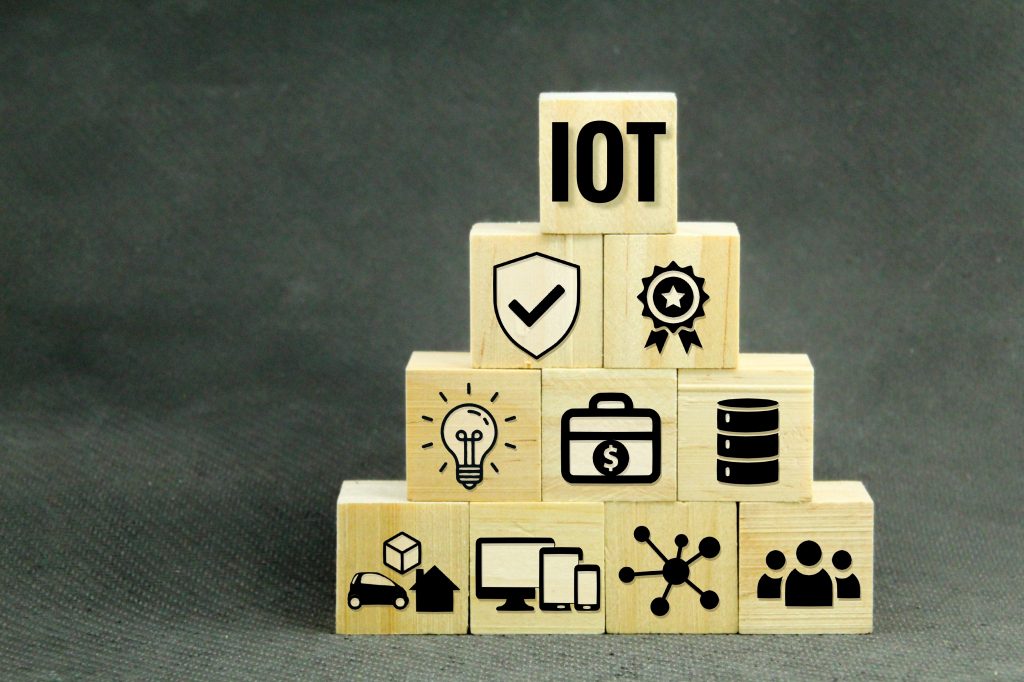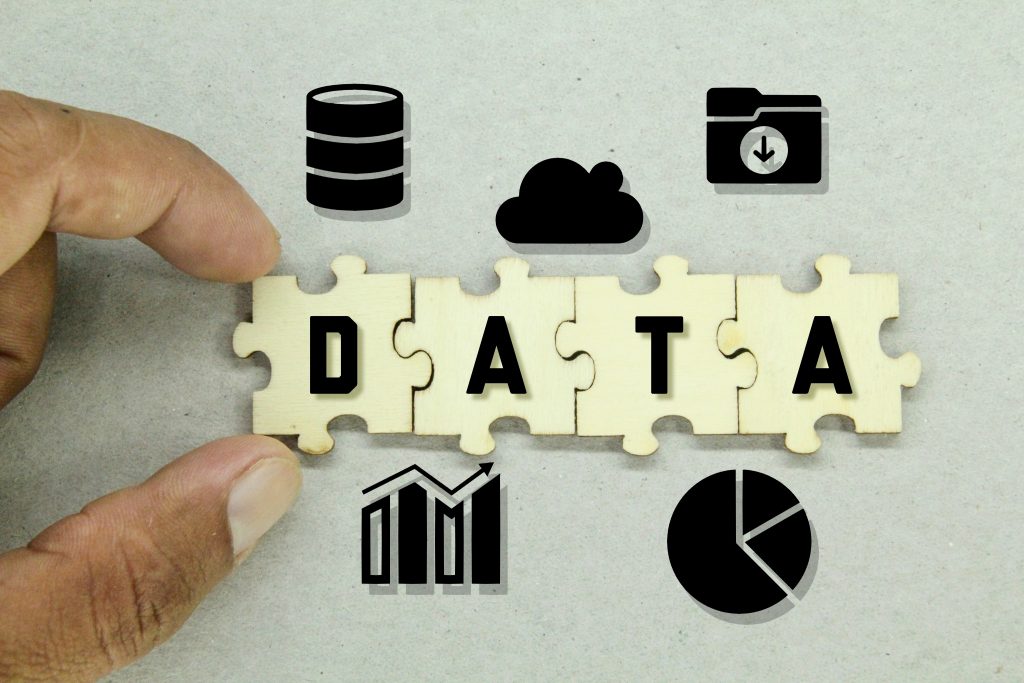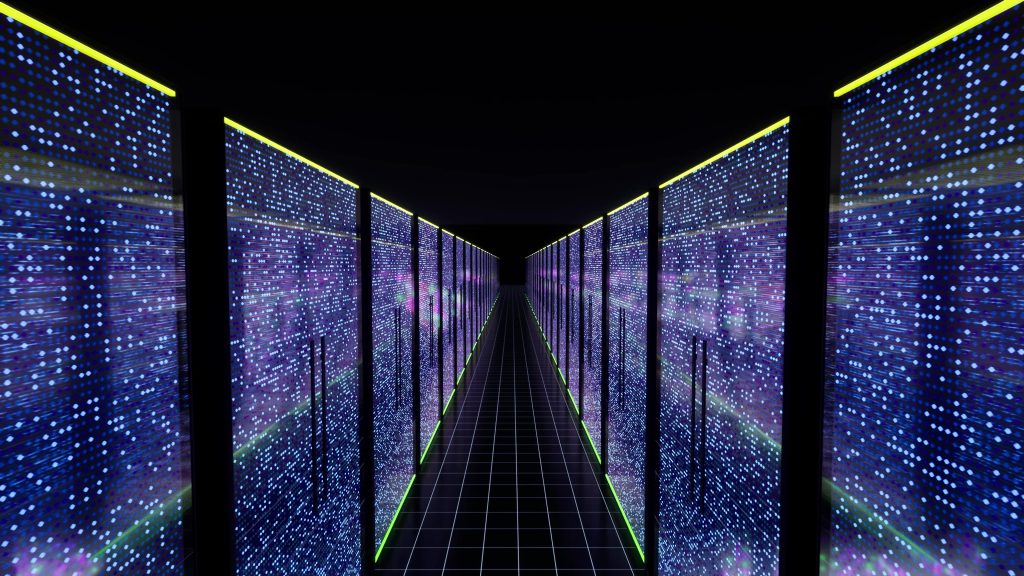Data-driven technologies are already making our existing lives and jobs easier, creating tools and opportunities that weren’t thought possible. These technologies use data to extract meaning and generate insights that enable informed decision-making. IoT is the basis for data-driven technologies, and Big Data and Big Data analytics help us make sense of a mountain of information. Machine learning is a fundamental precursor and integral part of artificial intelligence. These technologies are changing the world as we know it, and they’re here to stay.
We’ve come pretty far
It has been over two centuries since the industrial revolution kicked off and radically changed the way we live. Our life expectancies rose, as did our incomes, and our overall standard of living. It did lead to an enormous increase in global greenhouse gas emissions as well, of course, but that’s a story for another day.
We learned to harness natural resources like water and coal to mechanize production processes, which in turn led to immense increases in output compared to anything experienced previously. It was the biggest change in human history since we discovered agriculture, and it took hold much more rapidly. Humankind would never be the same again.
We stand once again at the cusp of another revolution – one that is already changing the way we work, live, and operate. Welcome to the world of data-driven technologies!


What are Data-Driven Technologies?
The digital world that we live in is inherently predisposed to generating vast amounts of data.
So many aspects of our personal lives are online. Many of us spend every working day in front of a computer or a similar device. We carry around connected smartphones everywhere we go. We pay our bills and make other financial transactions online. We share aspects of our lives with others on social media. We look for answers to complex and mundane questions online. We use our smart watches to track our workouts and health indicators over time in the cloud… the list goes on.
The same applies for the industrial and service sectors. Manufacturing processes have become increasingly automated with software-powered robotics, materials handling etc. eCommerce and online food delivery solutions have established themselves in our lives, especially after the COVID-19 pandemic. Healthcare has been transformed by the ability to have detailed patient information available to healthcare providers at all times, making personalized service much easier.
The machines, devices, and software that we use daily have become increasingly connected and communicate constantly with each other. It’s all about the data.
Data-driven technologies utilize this data to distill the meaning out of all the madness, make our existing lives and jobs easier, and create tools and opportunities for us that weren’t possible earlier. So how do they work?
The Internet of Things (IoT)
You’ve probably heard or read about the terms, IoT (Internet of Things) or IIoT (Industrial Internet of Things) often recently. IoT is a broad-ranging term that refers to a system of objects that are interconnected with the cloud and with one another. Data capture and communication occurs using sensors and technology ranging from RFID to 5G networks.
These objects could be anything – robots in a manufacturing assembly line, a fleet of cars that are riding around within a city, a set of electronic price tags in a supermarket, appliances and devices within your smart home, or even smart-device-equipped humans. Each object in the system provides a constant stream of information to the cloud and other objects within the system in turn. This information can range from geolocation data, to process related KPIs, to battery levels etc. The possibilities are seemingly vast and customizable to the Use Case in question.
DHL uses IoT for multiple use cases like warehouse management by using RFID tags on pallets and items, and energy usage management in its facilities by tracking factors like indoor/outdoor temperatures, building occupancy, business activities etc., leading to 40% energy cost savings
IoT is the basis for data-driven technologies. An IoT ecosystem is the fundamental infrastructure required to capture and generate the vast amounts of data that are essential for more complex data-driven technologies and use-cases down the line.


Big Data
The term Big Data refers to vast amounts of diverse and complex data that is usually too large to process using traditional software applications and continues to grow over time. IoT-enabled systems, for instance, inherently generate Big Data. But how does this help us?
Big Data is a raw diamond that needs to be cut and polished to extract its true value. This is where Big Data analytics come into play. The data in questions is generally stored in a centralized location like a Data Warehouse or a Data Lake, where it is sorted and organized by data experts. After this the data experts sanitize the data using scripting tools or other software to remove irrelevant data, redundancies, or any other errors. The raw diamond that we started off with has now been turned into a brilliant one.
Amazon employs Big Data analytics for many different use cases, including product recommendations or profit optimization by offering discounts and constantly changing prices to offer customers the best deals.
Big Data Analytics help us make sense of a mountain of information by telling us what it means, and how we can use them to make informed decisions.
Various analytic software tools can now be put to task to extract useful information from the data. Data Mining tools can show us patterns in the data that help us make our production or logistics processes more streamlined. Predictive analysis can use thousands of hours of historic data to foresee when machines need maintenance, how customers will react to changes in products or service etc.
Machine Learning & Artificial Intelligence
Machine Learning (ML) is pretty much exactly what it sounds like. It refers to the use of software algorithms that allow computer systems to constantly “learn” and improve the way they analyze data to recognize patterns, classify data, and make predictions. The key factor being that these computer systems are able to improve on their own, without any external input from humans.
ML takes Data Mining and Big Data analytics to the next level. It is a fundamental precursor and integral part of Artificial Intelligence (AI) in that it imitates human learning behavior patterns. It puts the intelligence in AI.
AI builds on ML to allow computers to mimic human behavior. This is done by implementing special algorithms called neural networks, that are modelled the way a human brain think. Neural networks help computers to carry out mock human thought processes when dealing with a task.
This is no simple task. Creating, testing, and implementing neural networks involves tons of intensive work over years. We are only just beginning to see the fruits of the work that tech companies have put into their AI technologies over the past few years.
ChatGPT from OpenAI is currently riding a wave of hype, and rightfully so. The proprietary neural networks that it runs on make it more humanlike than any other chatbot until now. It has very intuitive conversational skills, and it remembers and recalls things from any previous conversations that you may have had with it. It is also extremely powerful and versatile – it can write thousands of lines of complex code within seconds or minutes, write short stories and novels in styles that you prefer, create movie screenplays, speeches, and much more. However, it is still not perfect and can make certain errors occasionally.


Where are we headed?
Industry 4.0+, the digital revolution, the rise of Skynet – call it what you’d like. Our world and our lives are currently undergoing some radical changes that are being driven by data-driven technologies.
While IoT and Big Data Analytics will allow us to perceive and appreciate our private and professional environments in different ways, AI is the real game changer. AI solutions are popping up at a rapid pace, and for use cases ranging from industrial/manufacturing to creative and private use cases like AI-generated art or chatbots.
Generative AI – AI whose algorithms and neural networks enable it to create new content (like ChatGPT) – is here to stay and will only keep improving. It will take over many aspects of our lives, and while it will be obvious in certain areas, we probably won’t even notice it most of the time.
These developments have also raised valid safety and privacy concerns. It would be foolhardy to hand over complete control over our lives to AI, and certain stops and gaps must be in place. For now, though, educate yourself on how to protect your privacy and your interests, as it suits you, put the appropriate safeguards in place. Let AI work for you, and not the other way around. Most importantly – don’t forget to enjoy the ride. The future is now!
about wirecube
We are an agile software and design company based in Graz, specialized in UI/UX design, data-driven cloud services, Artificial Intelligence, and IT consulting. We are technology enthusiasts delivering web platforms and apps used by millions of people, including the world’s leading Scan & Go ecosystem of our spin-off shopreme. Since 2024, we also offer electronic design services with our second spin-off, wirecube Electronics.
As a full-service provider for digital solutions in the software and hardware sector, we create tailor-made solutions meeting your unique business needs. Have a closer look at our services and check out which projects we already realized.
Let’s talk
Contact our experts if you need help integrating data-driven technologies!


